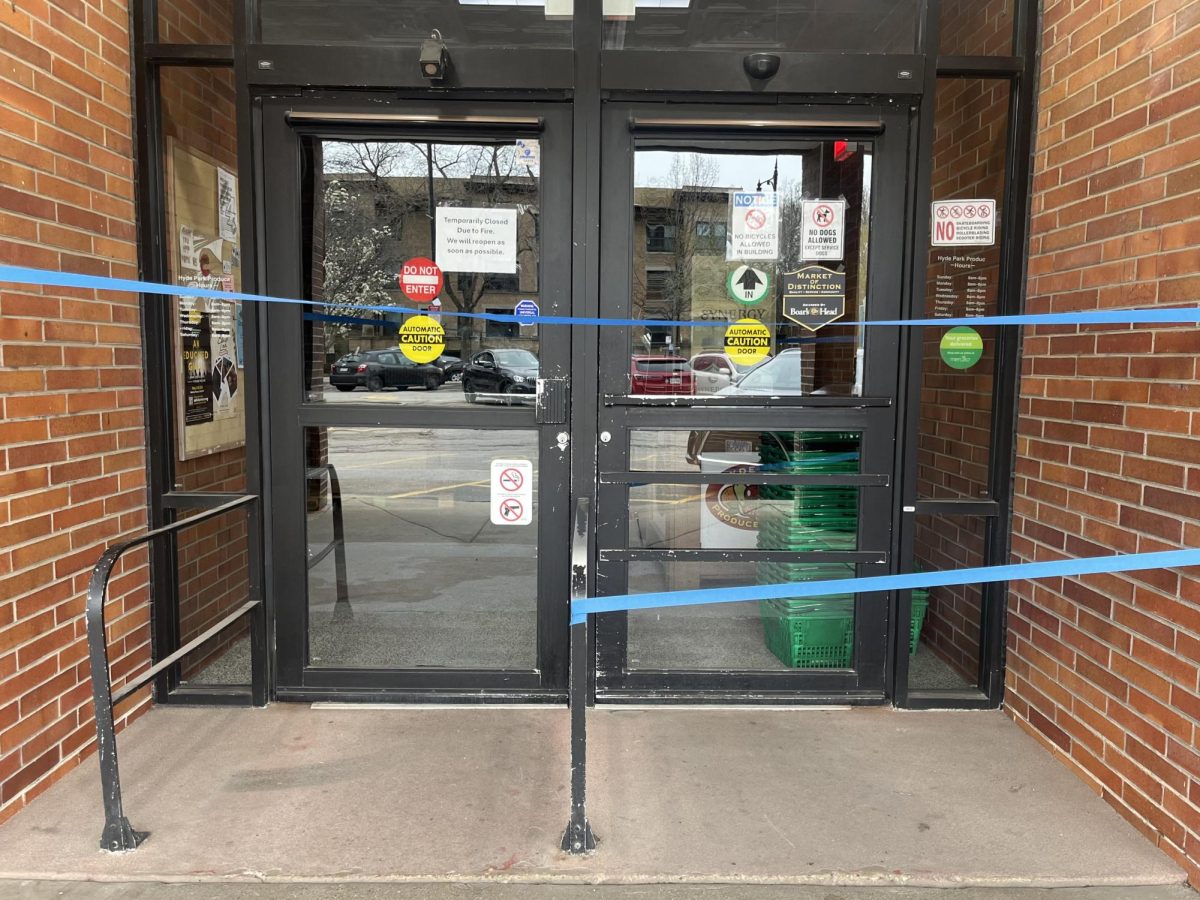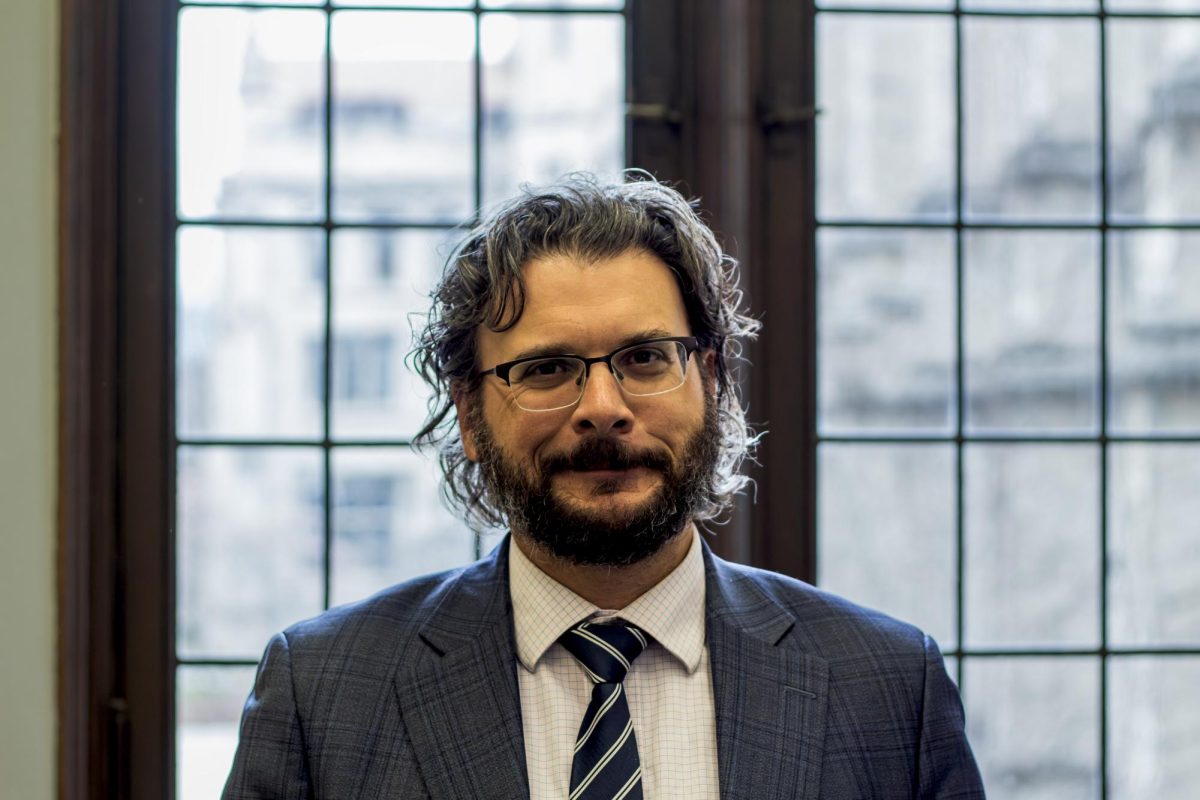A University research team has recently discovered a new, more efficient method of separating isotopes.
Led by Steven J. Sibener, Jacob Graham, and Kevin Nihill from the Department of Chemistry, the research uses a supersonic beam of natural abundance neon, including 20Ne (an isotope with 10 neutrons and 10 protons) and 22Ne (an isotope with 12 neutrons and 10 protons), to separate the isotopes.
Both isotopes start with the same average velocity and velocity distribution, but each diffracts at a different angle as the beam collides with the crystalline surface of methyl-terminated silicon. After the collision, each isotope has a different average velocity, which allows researchers to distinguish the two isotopes in case of an incomplete separation.
One notable aspect of this experiment is its efficiency. Current common methods of separating isotopes are complex, often using lasers to change the number of electrons in an atom or a molecule so that it is either positively or negatively charged. This experiment does not require such processes but can still manage highly effective isotope separation.
“Prior work from our group inspired us to put all of the key pieces together—precise experimental instrumentation, knowledge of the appropriate theory for optimizing the process, and unique ultra-sensitive detectors that could let us examine multiple isotopes that diffracted from the target interface,” Sibener wrote in an email to The Maroon.
In addition, he noted that the experiment was a result of “accumulated knowledge that has systematically revealed the details of how atoms and molecules interact with atomically structured surfaces, including energy transfer and quantum mechanical interaction.”
“We had to push our technology to perform at the highest level to achieve these results,” Sibener said. “The most exciting moments in science are when first signals are obtained in such a new endeavor. Such moments make all of the hard work worth the effort.”
Sibener attributed the researchers’ success to long-term investments in research on atomic and molecular interactions with atomic surfaces. “UChicago provides a superb environment for such studies with its excellent infrastructure, emphasis on knowledge discovery, and, of course, the presence of students and postdocs with great talent who aspire to advance the state of knowledge in their chosen areas of endeavor,” he said.
The researchers hope to examine if this method of separation is applicable to other atomic or molecular systems.









